A Multidisciplinary Approach to Evaluate the Environmental Impacts of Hydrocarbon Production in Khuzestan Province, Iran
Abstract
1. Introduction
2. Geology and Tectonics of Iranian Oil and Gas Fields
3. Materials and Methods
3.1. Earthquake Monitoring and Focal Mechanisms
3.2. Land Subsidence Monitoring
3.3. Oil Spill Monitoring
4. Results and Discussion
4.1. Earthquakes Monitoring and Focal Mechanisms
4.2. Land Subsidence Monitoring
4.3. Oil Spill Monitoring
4.4. Specific Environmental Challenges in the Khuzestan Prvoince in Iran
5. Conclusions
Author Contributions
Funding
Data Availability Statement
Acknowledgments
Conflicts of Interest
References
- Ghorbani, M. The Economic Geology of Iran: Mineral Deposits and Natural Resources; Springer Geology: Dordrecht, The Netherlands, 2013; ISBN 978-94-007-5624-3. [Google Scholar]
- Aung, T.S. Evaluation of the environmental impact assessment system and implementation in Myanmar: Its significance in oil and gas industry. Environ. Impact Assess. Rev. 2017, 66, 24–32. [Google Scholar] [CrossRef]
- Khalilidermani, M.; Knez, D. A Survey of Application of Mechanical Specific Energy in Petroleum and Space Drilling. Energies 2022, 15, 3162. [Google Scholar] [CrossRef]
- van der Voort, N.; Vanclay, F. Social impacts of earthquakes caused by gas extraction in the Province of Groningen, The Netherlands. Environ. Impact Assess. Rev. 2015, 50, 1–15. [Google Scholar] [CrossRef]
- Herbut, A.; Khairutdinov, M.M.; Kongar-Syuryun, C.; Rybak, J. The surface wave attenuation as the effect of vibratory compaction of building embankments. IOP Conf. Ser. Earth Environ. Sci. 2019, 362, 012131. [Google Scholar] [CrossRef]
- Khalilidermani, M.; Knez, D.; Zamani, M.A.M. Empirical Correlations between the Hydraulic Properties Obtained from the Geoelectrical Methods and Water Well Data of Arak Aquifer. Energies 2021, 14, 5415. [Google Scholar] [CrossRef]
- Knez, D.; Rajaoalison, H.; Nkunzi, D. Drilling Mud Influence on Sandstone Poroelastic Parameters. J. Geotechnol. Energy 2022, 39, 5–13. [Google Scholar] [CrossRef]
- Festa, G.; Picozzi, M.; Scala, A.; Zollo, A. Earthquake Seismology. In Encyclopedia of Geology, 2nd ed.; Alderton, D., Elias, S.A., Eds.; Academic Press: Cambridge, MA, USA, 2021; pp. 575–586. ISBN 978-0-08-102909-1. [Google Scholar]
- Akoto, R.N.A.; Knez, D.; Atepor, L. VTI Anisotropy in Wellbore Strengthening Model. In Proceedings of the Sustainable Education and Development—Making Cities and Human Settlements Inclusive, Safe, Resilient, and Sustainable. Presented during Applied Research Conference in Africa 2021, Accra, Ghana, 25–28 August 2021; Mojekwu, J.N., Thwala, W., Aigbavboa, C., Bamfo-Agyei, E., Atepor, L., Oppong, R.A., Eds.; Springer International: Cham, Switzerland, 2022; pp. 245–256. [Google Scholar]
- Green, J.P. An Approach to Analyzing Multiple Causes of Subsidence. Paper presented at the Fall Meeting of the Society of Petroleum Engineers of AIME, San Antonio, TX, USA, 8–11 October 1972. [Google Scholar] [CrossRef]
- Hsü, K.J. Hazards—Causes and responses: ‘Natural and anthropogenically induced hazards’. In Proceedings of the European Science Foundation Conference, Davos, Switzerland, 8–12 December 1991; Volume 2, pp. 345–348. [Google Scholar] [CrossRef]
- Knez, D.; Rajaoalison, H. Discrepancy between measured dynamic poroelastic parameters and predicted values from Wyllie’s equation for water-saturated Istebna sandstone. Acta Geophys. 2021, 69, 673–680. [Google Scholar] [CrossRef]
- Knez, D.; Calicki, A. Looking for a new source of natural proppants in Poland. Bull. Pol. Acad. Sci. Tech. Sci. 2018, 66. [Google Scholar] [CrossRef]
- Knez, D.; Khalilidermani, M. A Review of Different Aspects of Off-Earth Drilling. Energies 2021, 14, 7351. [Google Scholar] [CrossRef]
- Knez, D.; Zamani, M.A.M. A Review of the Geomechanics Aspects in Space Exploration. Energies 2021, 14, 7522. [Google Scholar] [CrossRef]
- Quosay, A.A.; Knez, D.; Ziaja, J. Hydraulic fracturing: New uncertainty based modeling approach for process design using Monte Carlo simulation technique. PLoS ONE 2020, 15, e0236726. [Google Scholar] [CrossRef] [PubMed]
- Knez, D.; Zamani, M.A.M. Empirical Formula for Dynamic Biot Coefficient of Sandstone Samples from South-West of Poland. Energies 2021, 14, 5514. [Google Scholar] [CrossRef]
- Rybak, J.; Khayrutdinov, M.M.; Kuziev, D.A.; Kongar-Syuryun, C.B.; Babyr, N.V. Prediction of the geomechanical state of the rock mass when mining salt deposits with stowing. J. Min. Inst. 2022, 253, 61–70. [Google Scholar] [CrossRef]
- Chaussard, E.; Wdowinski, S.; Cabral-Cano, E.; Amelung, F. Land subsidence in central Mexico detected by ALOS InSAR time-series. Remote Sens. Environ. 2014, 140, 94–106. [Google Scholar] [CrossRef]
- Corbau, C.; Simeoni, U.; Zoccarato, C.; Mantovani, G.; Teatini, P. Coupling land use evolution and subsidence in the Po Delta, Italy: Revising the past occurrence and prospecting the future management challenges. Sci. Total Environ. 2019, 654, 1196–1208. [Google Scholar] [CrossRef]
- Galloway, D.L.; Burbey, T.J. Review: Regional land subsidence accompanying groundwater extraction. Hydrogeol. J. 2011, 19, 1459–1486. [Google Scholar] [CrossRef]
- Du, Z.; Ge, L.; Ng, A.H.-M.; Zhu, Q.; Yang, X.; Li, L. Correlating the subsidence pattern and land use in Bandung, Indonesia with both Sentinel-1/2 and ALOS-2 satellite images. Int. J. Appl. Earth Obs. Geoinf. 2018, 67, 54–68. [Google Scholar] [CrossRef]
- Knez, D.; Mazur, S. Simulation of Fracture Conductivity Changes Due to Proppant Composition and Stress Cycles. Inż. Miner. 2019, 21. [Google Scholar] [CrossRef]
- Zhang, L. Big Data, Knowledge Mapping for Sustainable Development: A Water Quality Index Case Study. Emerg. Sci. J. 2019, 3, 249–254. [Google Scholar] [CrossRef]
- Deng, F.; Dixon, T.H.; Xie, S. Surface Deformation and Induced Seismicity Due to Fluid Injection and Oil and Gas Extraction in Western Texas. J. Geophys. Res. Solid Earth 2020, 125, e2019JB018962. [Google Scholar] [CrossRef]
- Knez, D.; Wiśniowski, R.; Owusu, W.A. Turning filling material into proppant for coalbed methane in Poland—Crush test results. Energies 2019, 12, 1820. [Google Scholar] [CrossRef]
- Knez, D.; Rajaoalison, H. Land Subsidence Assessment for Wind Turbine Location in the South-Western Part of Madagascar. Energies 2022, 15, 4878. [Google Scholar] [CrossRef]
- Pratt, W.E.; Johnson, D.W. Local Subsidence of the Goose Creek Oil Field. J. Geol. 1926, 34, 577–590. [Google Scholar] [CrossRef]
- Rajaoalison, H.; Knez, D. Current trends in land subsidence of the North-Central part of Poland using DInSAR technique. E3S Web Conf. 2021, 266, 03006. [Google Scholar] [CrossRef]
- Knez, D. Stress state analysis in aspect of wellbore drilling direction. Arch. Min. Sci. 2014, 59, 71–76. [Google Scholar] [CrossRef]
- Rajaoalison, H.; Knez, D.; Zlotkowski, A. Changes of dynamic mechanical properties of brine-saturated Istebna sandstone under action of temperature and stress. Przemysl Chem. 2019, 98, 801–804. [Google Scholar] [CrossRef]
- Zamani, M.A.M.; Knez, D. A New Mechanical-Hydrodynamic Safety Factor Index for Sand Production Prediction. Energies 2021, 14, 3130. [Google Scholar] [CrossRef]
- Guzy, A.; Malinowska, A.A. Assessment of the Impact of the Spatial Extent of Land Subsidence and Aquifer System Drainage Induced by Underground Mining. Sustainability 2020, 12, 7871. [Google Scholar] [CrossRef]
- Ng, A.H.-M.; Ge, L.; Li, X. Assessments of land subsidence in the Gippsland Basin of Australia using ALOS PALSAR data. Remote Sens. Environ. 2015, 159, 86–101. [Google Scholar] [CrossRef]
- Pérez-Falls, Z.; Martínez-Flores, G.; Sarychikhina, O. Land Subsidence Detection in the Coastal Plain of Tabasco, Mexico Using Differential SAR Interferometry. Land 2022, 11, 1473. [Google Scholar] [CrossRef]
- Liu, Y.; Huang, H.; Liu, Y.; Bi, H. Linking land subsidence over the Yellow River delta, China, to hydrocarbon exploitation using multi-temporal InSAR. Nat. Hazards 2016, 84, 271–291. [Google Scholar] [CrossRef]
- Kuzmin, Y.O. Deformation Consequences of the Development of Oil and Gas Field. Izv. Atmospheric Ocean. Phys. 2021, 57, 1479–1497. [Google Scholar] [CrossRef]
- Macini, P.; Mesini, E.; Panei, L.; Terlizzese, F. Land subsidence, seismicity and pore pressure monitoring: The new requirements for the future development of oil and gas fields in Italy. Proc. Int. Assoc. Hydrol. Sci. 2015, 372, 533–538. [Google Scholar] [CrossRef][Green Version]
- Bailey, R.H.; Engelhardt, F.R. Environmental management of offshore oil and gas activities in Canada. Environ. Impact Assess. Rev. 1983, 4, 523–538. [Google Scholar] [CrossRef]
- Vora, M.; Sanni, S.; Flage, R. An environmental risk assessment framework for enhanced oil recovery solutions from offshore oil and gas industry. Environ. Impact Assess. Rev. 2021, 88, 106512. [Google Scholar] [CrossRef]
- Wilhelmsson, D.; Thompson, R.C.; Holmström, K.; Lindén, O.; Eriksson-Hägg, H. Chapter 6—Marine Pollution. In Managing Ocean Environments in a Changing Climate; Noone, K.J., Sumaila, U.R., Diaz, R.J., Eds.; Elsevier: Boston, UK, 2013; pp. 127–169. ISBN 978-0-12-407668-6. [Google Scholar]
- Fiscella, B.; Giancaspro, A.; Nirchio, F.; Pavese, P.; Trivero, P. Oil spill detection using marine SAR images. Int. J. Remote Sens. 2010, 21, 3561–3566. [Google Scholar] [CrossRef]
- Lu, J. Marine oil spill detection, statistics and mapping with ERS SAR imagery in south-east Asia. Int. J. Remote Sens. 2010, 24, 3013–3032. [Google Scholar] [CrossRef]
- Pisano, A.; De Dominicis, M.; Biamino, W.; Bignami, F.; Gherardi, S.; Colao, F.; Coppini, G.; Marullo, S.; Sprovieri, M.; Trivero, P.; et al. An oceanographic survey for oil spill monitoring and model forecasting validation using remote sensing and in situ data in the Mediterranean Sea. Deep. Sea Res. Part II Top. Stud. Oceanogr. 2016, 133, 132–145. [Google Scholar] [CrossRef]
- Marghany, M.; Hashim, M. Comparison between Mahalanobis classification and neural network for oil spill detection using RADARSAT-1 SAR data. Int. J. Phys. Sci. 2011, 6, 566–576. [Google Scholar] [CrossRef]
- Shu, Y.; Li, J.; Yousif, H.; Gomes, G. Dark-spot detection from SAR intensity imagery with spatial density thresholding for oil-spill monitoring. Remote Sens. Environ. 2010, 114, 2026–2035. [Google Scholar] [CrossRef]
- Naz, S.; Iqbal, M.F.; Mahmood, I.; Allam, M. Marine oil spill detection using Synthetic Aperture Radar over Indian Ocean. Mar. Pollut. Bull. 2021, 162, 111921. [Google Scholar] [CrossRef] [PubMed]
- de la Huz, R.; Lastra, M.; López, J. Oil Spills. In Encyclopedia of Environmental Health; Nriagu, J.O., Ed.; Elsevier: Burlington, NJ, USA, 2011; pp. 251–255. ISBN 978-0-444-52272-6. [Google Scholar]
- Rodríguez, J.G.; Incera, M.; de la Huz, R.; López, J.; Lastra, M. Polycyclic aromatic hydrocarbons (PAHs), organic matter quality and meiofauna in Galician sandy beaches, 6 months after the Prestige oil-spill. Mar. Pollut. Bull. 2007, 54, 1046–1052. [Google Scholar] [CrossRef] [PubMed]
- Rybak, J.; Gorbatyuk, S.M.; Bujanovna-Syuryun, K.C.; Khairutdinov, A.M.; Tyulyaeva, Y.S.; Makarov, P.S. Utilization of Mineral Waste: A Method for Expanding the Mineral Resource Base of a Mining and Smelting Company. Metallurgist 2021, 64, 851–861. [Google Scholar] [CrossRef]
- Tcvetkov, P.; Cherepovitsyn, A.; Fedoseev, S. Public perception of carbon capture and storage: A state-of-the-art overview. Heliyon 2019, 5, e02845. [Google Scholar] [CrossRef] [PubMed]
- Berberian, M. The southern Caspian: A compressional depression floored by a trapped, modified oceanic crust. Can. J. Earth Sci. 1983, 20, 163–183. [Google Scholar] [CrossRef]
- Berberian, M.; King, G.C.P. Towards a paleogeography and tectonic evolution of Iran. Can. J. Earth Sci. 1981, 18, 210–265. [Google Scholar] [CrossRef]
- Stampfli, G.M.; Borel, G.D. A plate tectonic model for the Paleozoic and Mesozoic constrained by dynamic plate boundaries and restored synthetic oceanic isochrons. Earth Planet. Sci. Lett. 2002, 196, 17–33. [Google Scholar] [CrossRef]
- Teknik, V.; Thybo, H.; Artemieva, I.M.; Ghods, A. A new tectonic map of the Iranian plateau based on aeromagnetic identification of magmatic arcs and ophiolite belts. Tectonophysics 2020, 792, 228588. [Google Scholar] [CrossRef]
- Beydoun, Z.R. The Middle East: Regional Geology and Petroleum Reserves; Scientific Surveys Ltd.: Beaconsfield, UK, 1988; ISBN 978-0-901360-21-2. [Google Scholar]
- Alsharhan, A.S.; Nairn, A.E.M. Sedimentary Basins and Petroleum Geology of the Middle East; Elsevier Science: Amsterdam, The Netherlands, 1997; ISBN 978-0-444-82465-3. [Google Scholar]
- Al-Husseini, M. The debate over Hubbert’s Peak: A review. GeoArabia 2006, 11, 181–210. [Google Scholar] [CrossRef]
- Rezapour, M. Magnitude Scale in the Tabriz Seismic Network. J. Earth Space Phys. 2005, 31, 13–21. [Google Scholar]
- Taghizadeh-Farahmand, F.; Afsari, N.; Sodoudi, F. Crustal Thickness of Iran Inferred from Converted Waves. Pure Appl. Geophys. 2015, 172, 309–331. [Google Scholar] [CrossRef]
- Javadi, S.; Taghizadeh-Farahmand, F.; Gheitanchi, M.R. Seismic images of crust and upper mantle in Central Iran (from Jiroft to Ashtian) via teleseismic waves. Contrib. Geophys. Geod. 2020, 50, 395–412. [Google Scholar] [CrossRef]
- Moradi, A.S.; Hatzfeld, D.; Tatar, M. Microseismicity and seismotectonics of the North Tabriz fault (Iran). Tectonophysics 2011, 506, 22–30. [Google Scholar] [CrossRef]
- Nuttli, O.W. Seismic wave attenuation and magnitude relations for eastern North America. J. Geophys. Res. 1973, 78, 876–885. [Google Scholar] [CrossRef]
- Tanner, D.C.; Buness, H.; Igel, J.; Günther, T.; Gabriel, G.; Skiba, P.; Plenefisch, T.; Gestermann, N.; Walter, T.R. Chapter 3—Fault detection. In Understanding Faults; Tanner, D., Brandes, C., Eds.; Elsevier: Amsterdam, The Netherlands, 2020; pp. 81–146. ISBN 978-0-12-815985-9. [Google Scholar]
- Ekström, G. 4.18—Global Seismicity: Results from Systematic Waveform Analyses, 1976–2012. In Treatise on Geophysics, 2nd ed.; Schubert, G., Ed.; Elsevier: Oxford, UK, 2015; pp. 467–475. ISBN 978-0-444-53803-1. [Google Scholar]
- Hosseini, H.; Pakzad, M.; Naserieh, S. Iranian regional centroid moment tensor catalog: Solutions for 2012–2017. Phys. Earth Planet. Inter. 2019, 286, 29–41. [Google Scholar] [CrossRef]
- Dziewonski, A.M.; Chou, T.-A.; Woodhouse, J.H. Determination of earthquake source parameters from waveform data for studies of global and regional seismicity. J. Geophys. Res. Solid Earth 1981, 86, 2825–2852. [Google Scholar] [CrossRef]
- Wessel, P.; Luis, J.F.; Uieda, L.; Scharroo, R.; Wobbe, F.; Smith, W.H.F.; Tian, D. The Generic Mapping Tools Version 6. Geochem. Geophys. Geosystems 2019, 20, 5556–5564. [Google Scholar] [CrossRef]
- Rahmati, O.; Golkarian, A.; Biggs, T.; Keesstra, S.; Mohammadi, F.; Daliakopoulos, I.N. Land subsidence hazard modeling: Machine learning to identify predictors and the role of human activities. J. Environ. Manag. 2019, 236, 466–480. [Google Scholar] [CrossRef]
- Guoqing, Y.; Jingqin, M. D-InSAR Technique for Land Subsidence Monitoring. Earth Sci. Front. 2008, 15, 239–243. [Google Scholar] [CrossRef]
- Herrera, G.; Tomás, R.; López-Sánchez, J.M.; Delgado, J.; Mallorqui, J.J.; Duque, S.; Mulas, J. Advanced DInSAR analysis on mining areas: La Union case study (Murcia, SE Spain). Eng. Geol. 2007, 90, 148–159. [Google Scholar] [CrossRef]
- Wang, Z.; Zhang, J.; Huang, G.; Zhang, Y. Monitoring Land Subsidence in Suzhou City Using D-InSAR Technique. In Proceedings of the 2009 2nd International Congress on Image and Signal Processing, Tianjin, China, 17–19 October 2009; pp. 1–4. [Google Scholar]
- Serco Italia SPA Land Subsidence with Sentinel-1 Using SNAP. (Version 1.2), 2018. Retrieved from RUS Lectures. Available online: https://rus-copernicus.eu/portal/the-rus-library/learn-by-yourself/ (accessed on 15 August 2022).
- Zebker, H.A.; Rosen, P.A.; Hensley, S. Atmospheric effects in interferometric synthetic aperture radar surface deformation and topographic maps. J. Geophys. Res. Solid Earth 1997, 102, 7547–7563. [Google Scholar] [CrossRef]
- Hanssen, R.F. Radar Interferometry: Data Interpretation and Error Analysis; Remote Sensing and Digital Image Processing; Springer: Dordrecht, The Netherlands, 2001; ISBN 978-0-7923-6945-5. [Google Scholar]
- Massonnet, D.; Rossi, M.; Carmona, C.; Adragna, F.; Peltzer, G.; Feigl, K.; Rabaute, T. The displacement field of the Landers earthquake mapped by radar interferometry. Nature 1993, 364, 138–142. [Google Scholar] [CrossRef]
- Fingas, M.; Brown, C.E. A Review of Oil Spill Remote Sensing. Sensors 2018, 18, 91. [Google Scholar] [CrossRef] [PubMed]
- Zhao, J.; Temimi, M.; Azhar, M.A.; Ghedira, H. Satellite-Based Tracking of Oil Pollution in the Arabian Gulf and the Sea of Oman. Can. J. Remote Sens. 2015, 41, 113–125. [Google Scholar] [CrossRef]
- Brekke, C.; Solberg, A.H.S. Oil spill detection by satellite remote sensing. Remote Sens. Environ. 2005, 95, 1–13. [Google Scholar] [CrossRef]
- Fingas, M.; Brown, C. Review of oil spill remote sensing. Mar. Pollut. Bull. 2014, 83, 9–23. [Google Scholar] [CrossRef]
- Ajadi, O.A.; Meyer, F.J.; Tello, M.; Ruello, G. Oil Spill Detection in Synthetic Aperture Radar Images Using Lipschitz-Regularity and Multiscale Techniques. IEEE J. Sel. Top. Appl. Earth Obs. Remote Sens. 2018, 11, 2389–2405. [Google Scholar] [CrossRef]
- Fan, H.D.; Cheng, D.; Deng, K.Z.; Chen, B.Q.; Zhu, C.G. Subsidence monitoring using D-InSAR and probability integral prediction modelling in deep mining areas. Surv. Rev. 2015, 47, 438–445. [Google Scholar] [CrossRef]
- Topouzelis, K.; Singha, S. Chapter 6—Oil Spill Detection Using Space-Borne Sentinel-1 SAR Imagery. In Oil Spill Science and Technology, 2nd ed.; Fingas, M., Ed.; Gulf Professional Publishing: Boston, UK, 2017; pp. 387–402. ISBN 978-0-12-809413-6. [Google Scholar]
- Alpers, W.; Holt, B.; Zeng, K. Oil spill detection by imaging radars: Challenges and pitfalls. Remote Sens. Environ. 2017, 201, 133–147. [Google Scholar] [CrossRef]
- Migliaccio, M.; Nunziata, F.; Buono, A. SAR polarimetry for sea oil slick observation. Int. J. Remote Sens. 2015, 36, 3243–3273. [Google Scholar] [CrossRef]
- Skrunes, S.; Brekke, C.; Eltoft, T. Oil spill characterization with multi-polarization C- and X-band SAR. In Proceedings of the 2012 IEEE International Geoscience and Remote Sensing Symposium, Munich, Germany, 22–27 July 2012; pp. 5117–5120. [Google Scholar]
- Wisen, J.; Chesnaux, R.; Wendling, G.; Werring, J.; Barbecot, F.; Baudron, P. Assessing the potential of cross-contamination from oil and gas hydraulic fracturing: A case study in northeastern British Columbia, Canada. J. Environ. Manag. 2019, 246, 275–282. [Google Scholar] [CrossRef] [PubMed]
- Luisa Martínez, M.; Mendoza-González, G.; Silva-Casarín, R.; Mendoza-Baldwin, E. Land use changes and sea level rise may induce a “coastal squeeze” on the coasts of Veracruz, Mexico. Glob. Environ. Change 2014, 29, 180–188. [Google Scholar] [CrossRef]
- Feitelson, E.; Tubi, A. A main driver or an intermediate variable? Climate change, water and security in the Middle East. Glob. Environ. Change 2017, 44, 39–48. [Google Scholar] [CrossRef]
- Sheppard, C.R.C. Physical environment of the Gulf relevant to marine pollution: An overview. Mar. Pollut. Bull. 1993, 27, 3–8. [Google Scholar] [CrossRef]
- Kamranzad, B. Persian Gulf zone classification based on the wind and wave climate variability. Ocean Eng. 2018, 169, 604–635. [Google Scholar] [CrossRef]
- de la Huz, R.; Lastra, M.; Junoy, J.; Castellanos, C.; Viéitez, J.M. Biological impacts of oil pollution and cleaning in the intertidal zone of exposed sandy beaches: Preliminary study of the “Prestige” oil spill. Estuar. Coast. Shelf Sci. 2005, 65, 19–29. [Google Scholar] [CrossRef]
- Feder, H.M.; Blanchard, A. The deep benthos of Prince William Sound, Alaska, 16 months after the Exxon Valdez oil spill. Mar. Pollut. Bull. 1998, 36, 118–130. [Google Scholar] [CrossRef]
- Hayes, M.O.; Michel, J. Factors determining the long-term persistence of Exxon Valdez oil in gravel beaches. Mar. Pollut. Bull. 1999, 38, 92–101. [Google Scholar] [CrossRef]
- Peterson, C.H. The “Exxon Valdez” oil spill in Alaska: Acute, indirect and chronic effects on the ecosystem. In Advances in Marine Biology; Academic Press: Cambridge, MA, USA, 2001; Volume 39, pp. 1–103. [Google Scholar]
- Dhaka, A.; Chattopadhyay, P. A review on physical remediation techniques for treatment of marine oil spills. J. Environ. Manag. 2021, 288, 112428. [Google Scholar] [CrossRef]
- Liu, X. Integrated modeling of oil spill response strategies: A coastal management case study. Environ. Sci. Policy 2010, 13, 415–422. [Google Scholar] [CrossRef]
- Abdullah, K.; Stenstrom, M.; Suffet, I.M.; Swamikannu, X.; Malloy, T. Regulating oil and gas facility stormwater discharge: An assessment of surface impoundments, spills, and permit compliance. Environ. Sci. Policy 2017, 76, 139–145. [Google Scholar] [CrossRef]
- Ornitz, B.E.; Champ, M.A. Oil Spills First Principles: Prevention and Best Response, 1st ed.; Elsevier: Amsterdam, NY, USA, 2002; ISBN 978-0-08-042814-7. [Google Scholar]
- Whitfield, J. How to clean a beach. Nature 2003, 422, 464–466. [Google Scholar] [CrossRef] [PubMed]
- Zengel, S.A.; Michel, J. Vegetation cutting as a clean-up method for salt and brackish marshes impacted by oil spills: A review and case history of the effects on plant recovery. Mar. Pollut. Bull. 1996, 32, 876–885. [Google Scholar] [CrossRef]
- Alobaidi, L.; Iraq, N.; Dijlah, H. Iraq and Iran’s Hawizeh Marshes: Threats and Opportunities. Save Tigris 2018. Available online: https://osme.org/2018/04/iraq-and-irans-hawizeh-marshes-threats-and-opportunities/ (accessed on 24 October 2022).
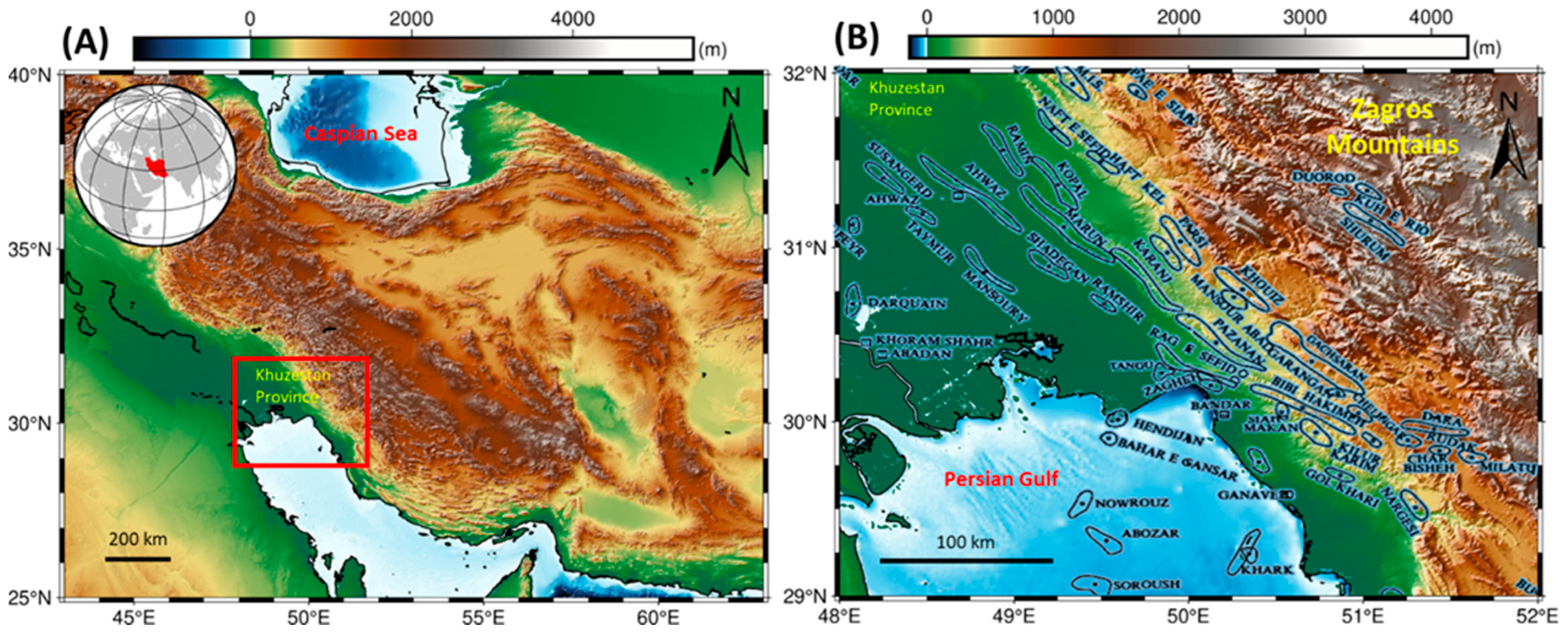
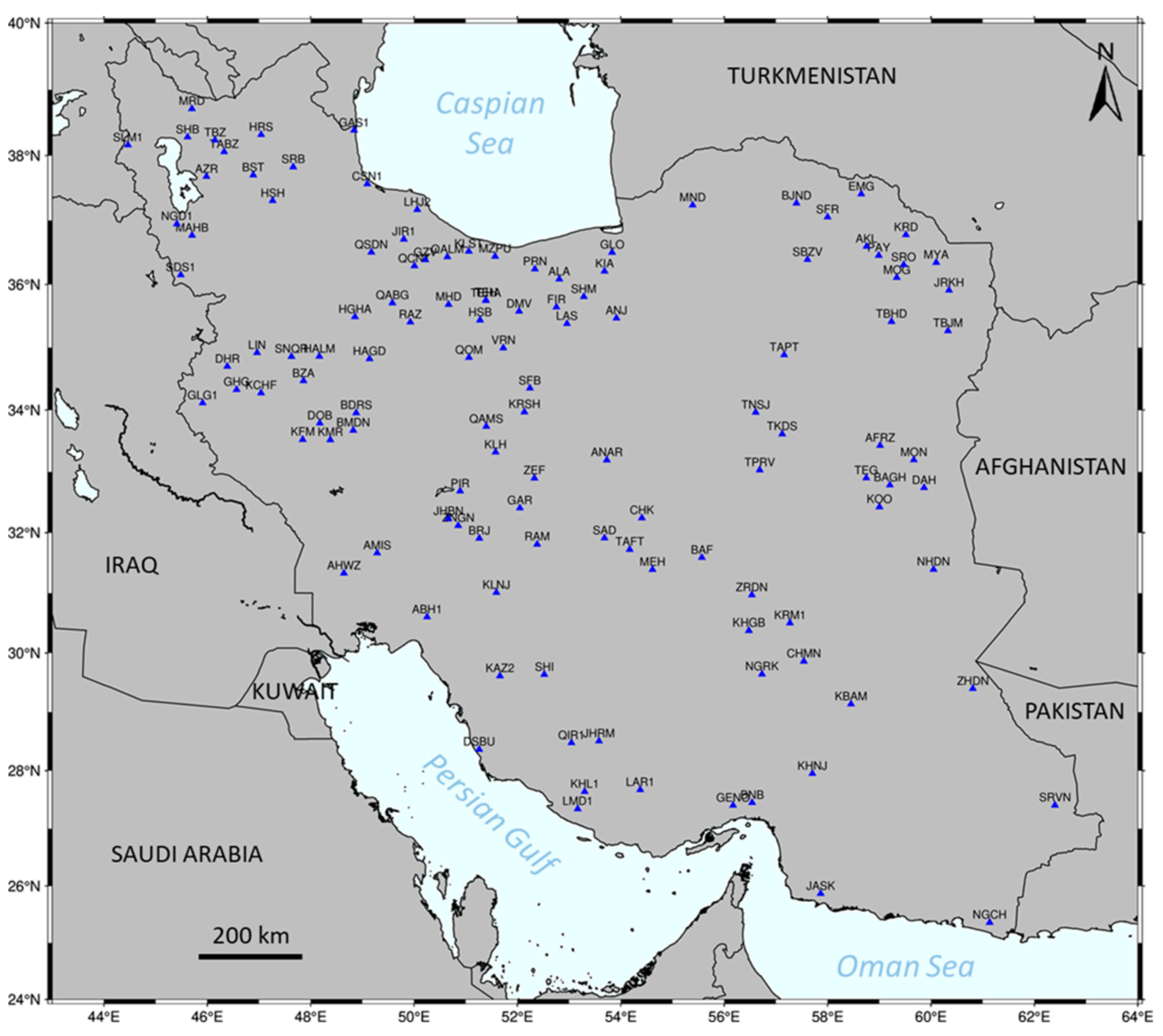
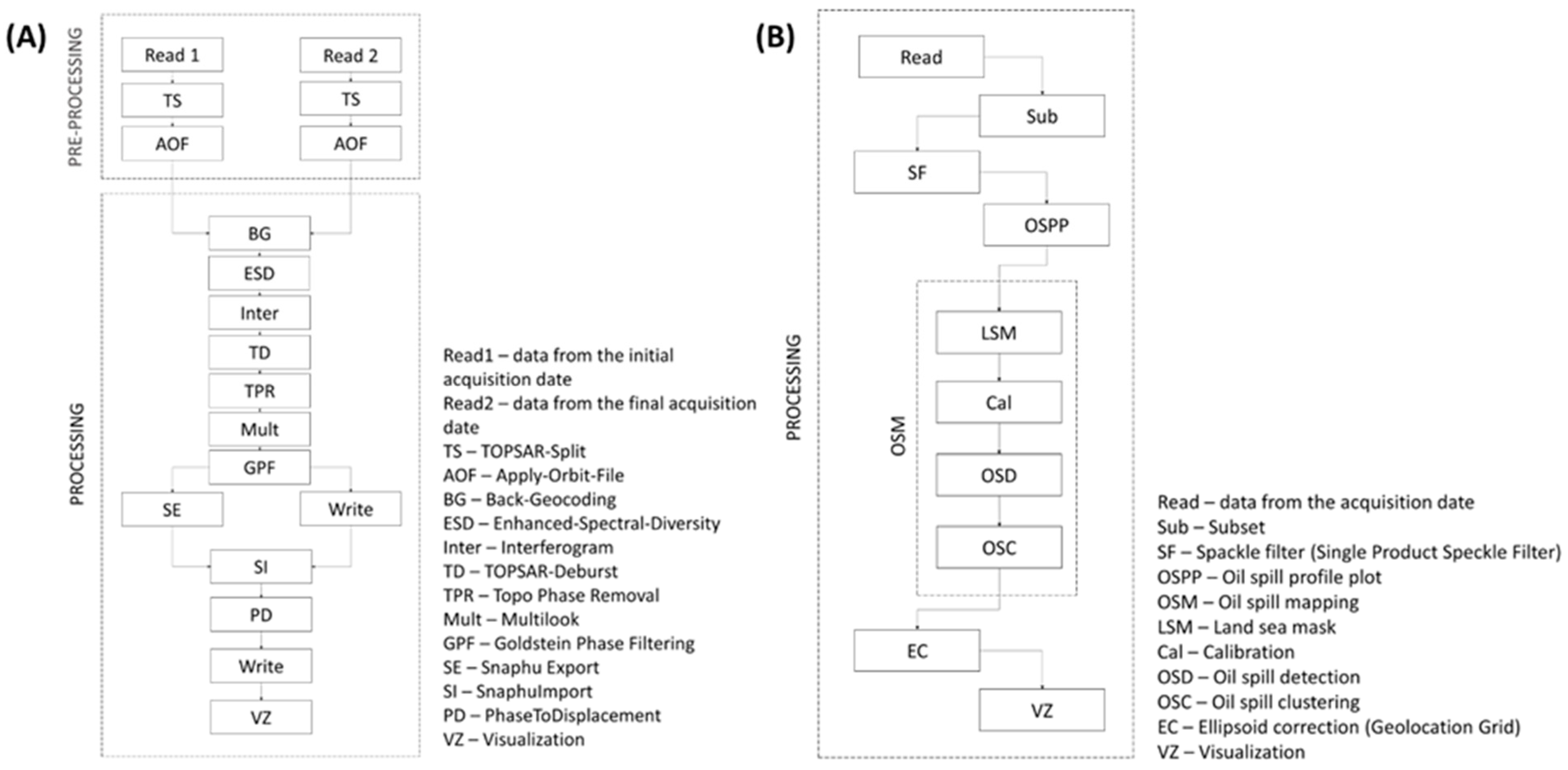
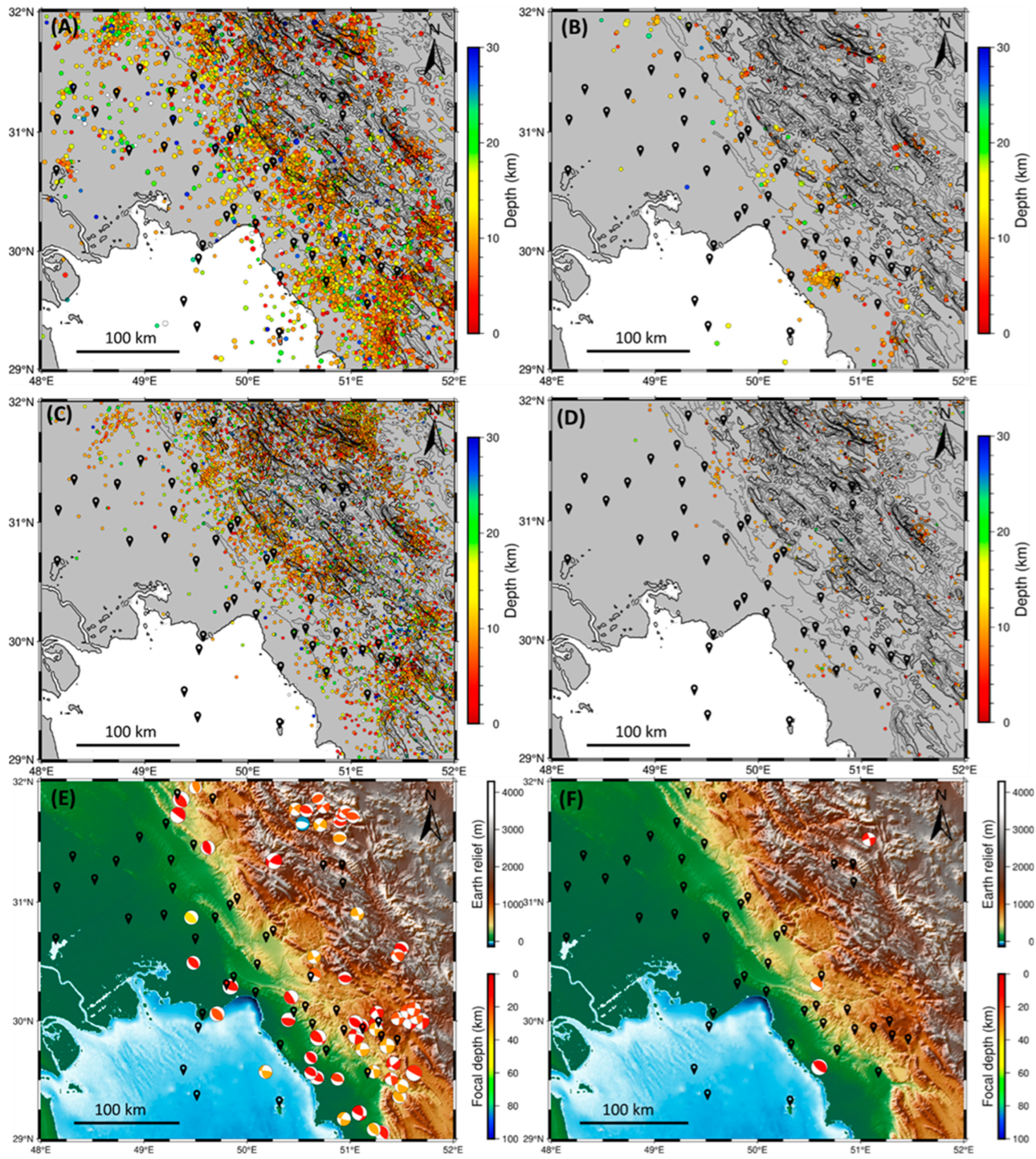
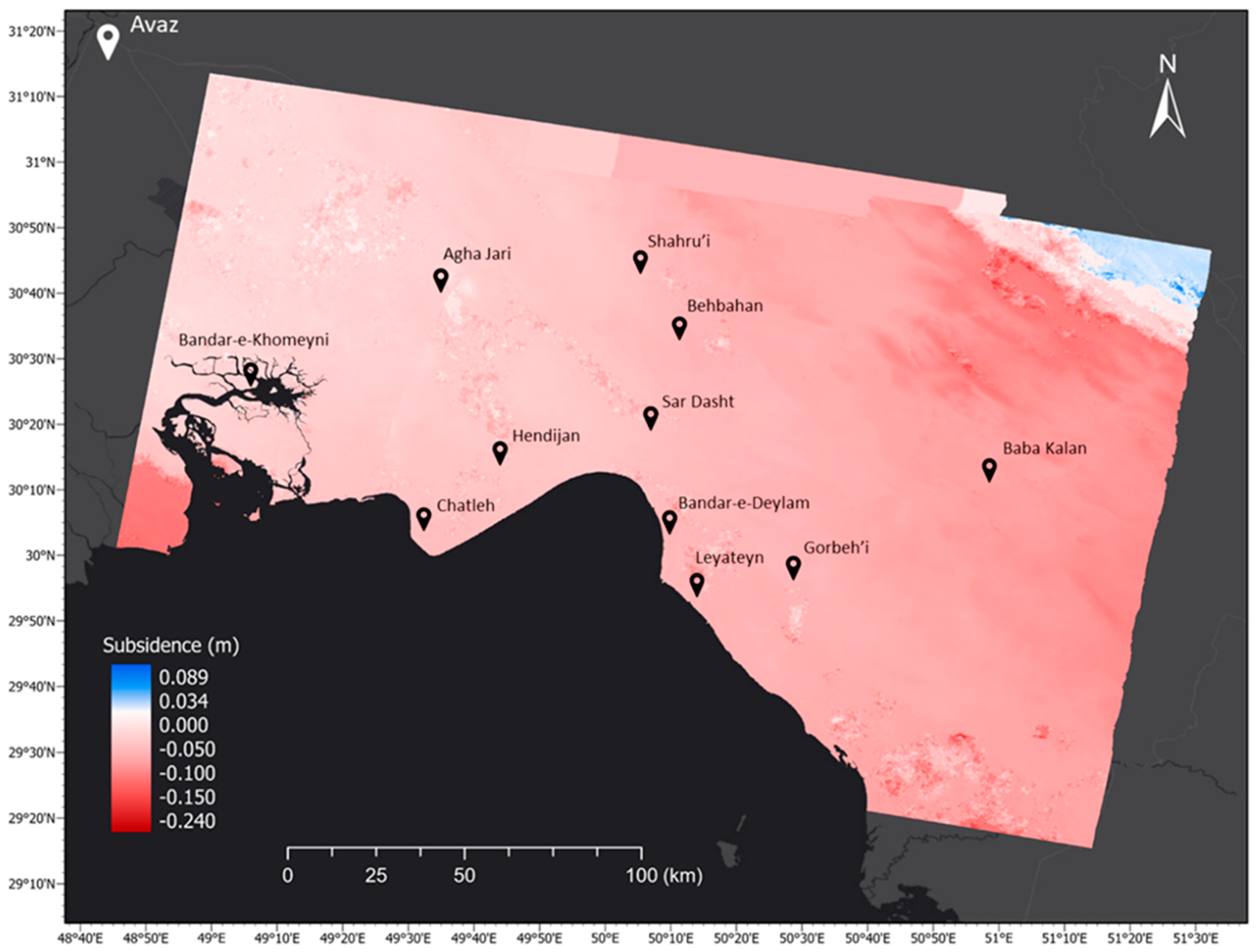
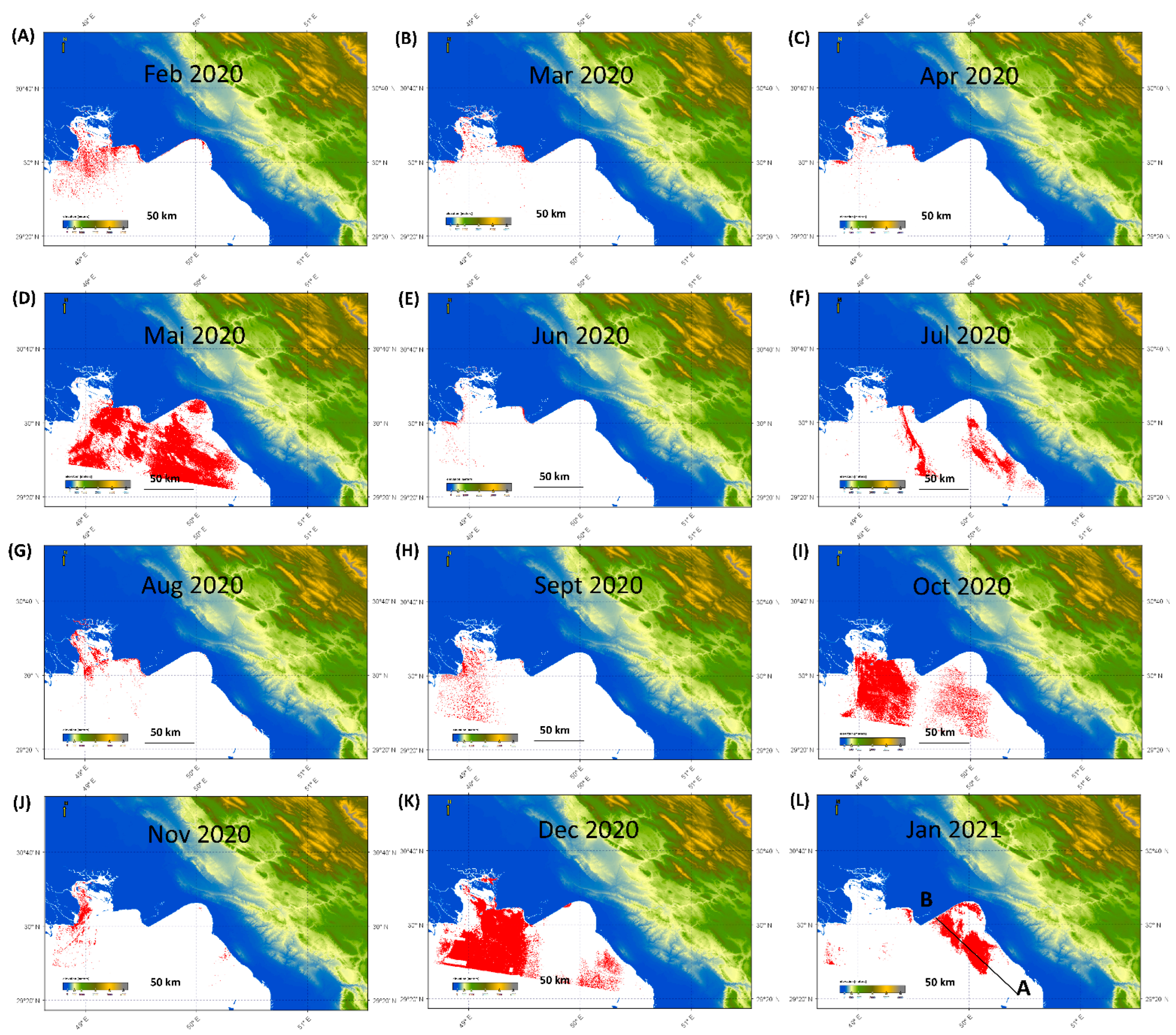
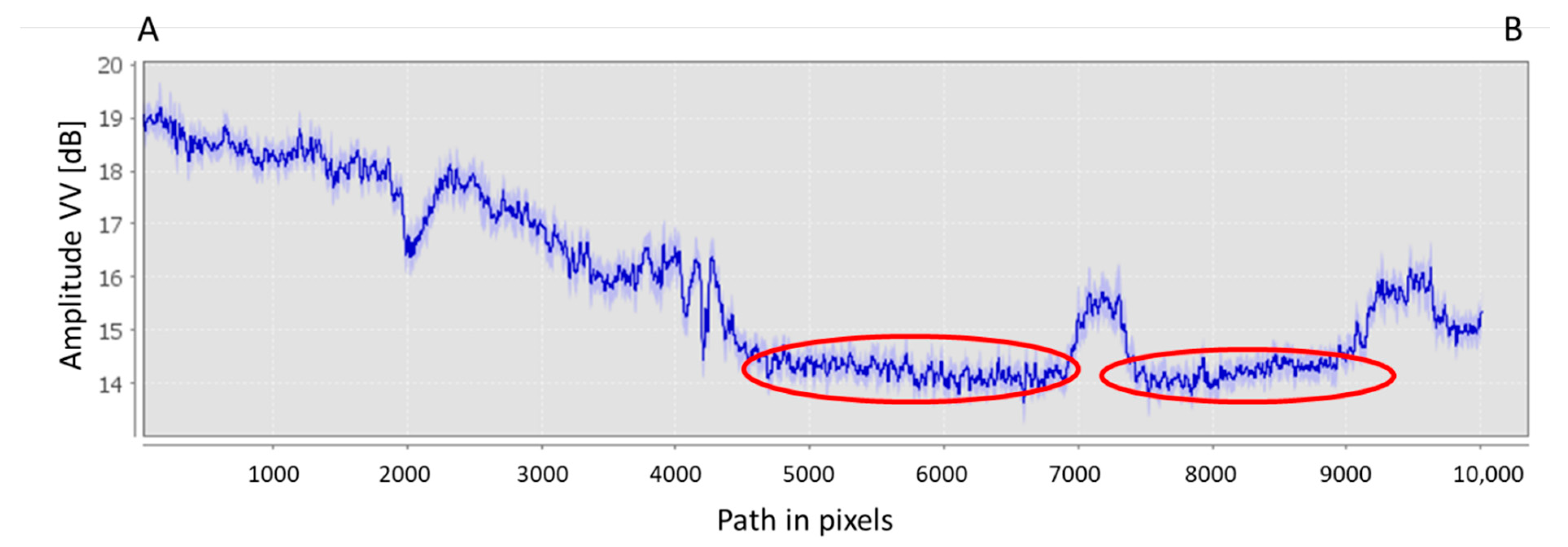
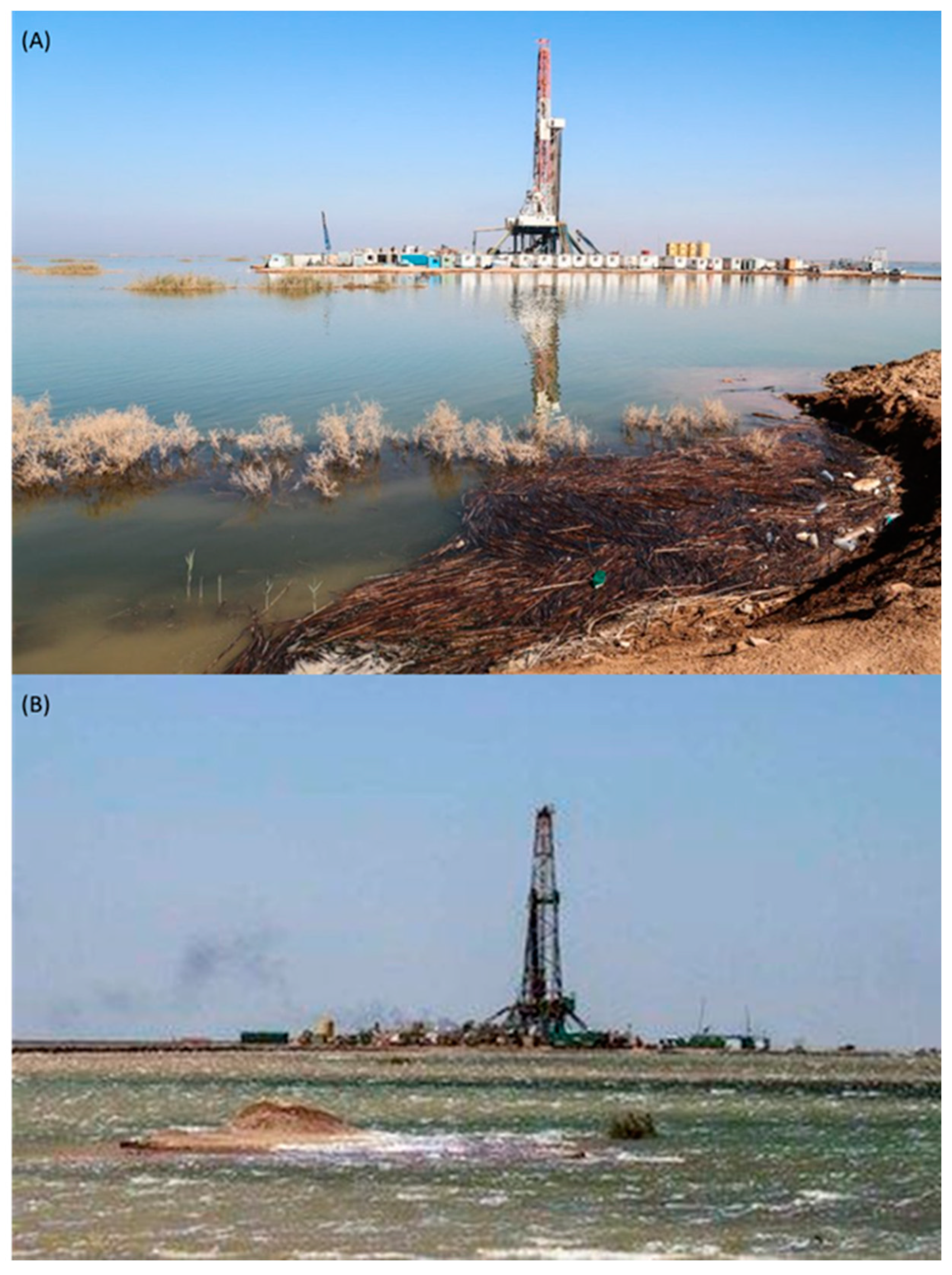
Publisher’s Note: MDPI stays neutral with regard to jurisdictional claims in published maps and institutional affiliations. |
© 2022 by the authors. Licensee MDPI, Basel, Switzerland. This article is an open access article distributed under the terms and conditions of the Creative Commons Attribution (CC BY) license (https://creativecommons.org/licenses/by/4.0/).
Share and Cite
Rajaoalison, H.; Knez, D.; Zamani, M.A.M. A Multidisciplinary Approach to Evaluate the Environmental Impacts of Hydrocarbon Production in Khuzestan Province, Iran. Energies 2022, 15, 8656. https://doi.org/10.3390/en15228656
Rajaoalison H, Knez D, Zamani MAM. A Multidisciplinary Approach to Evaluate the Environmental Impacts of Hydrocarbon Production in Khuzestan Province, Iran. Energies. 2022; 15(22):8656. https://doi.org/10.3390/en15228656
Chicago/Turabian StyleRajaoalison, Herimitsinjo, Dariusz Knez, and Mohammad Ahmad Mahmoudi Zamani. 2022. "A Multidisciplinary Approach to Evaluate the Environmental Impacts of Hydrocarbon Production in Khuzestan Province, Iran" Energies 15, no. 22: 8656. https://doi.org/10.3390/en15228656
APA StyleRajaoalison, H., Knez, D., & Zamani, M. A. M. (2022). A Multidisciplinary Approach to Evaluate the Environmental Impacts of Hydrocarbon Production in Khuzestan Province, Iran. Energies, 15(22), 8656. https://doi.org/10.3390/en15228656





